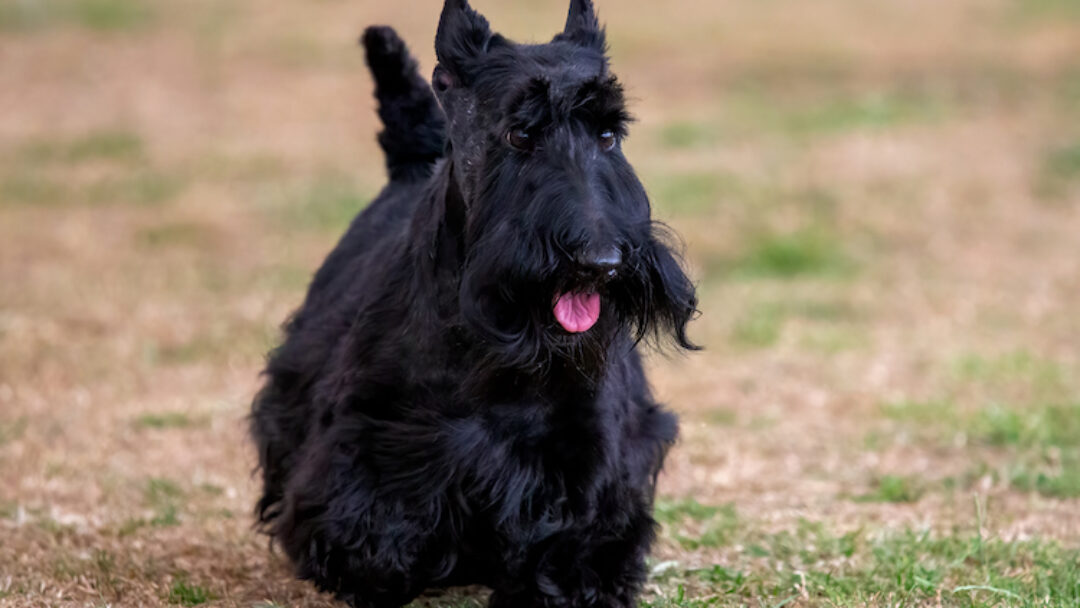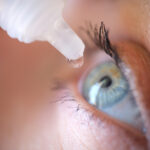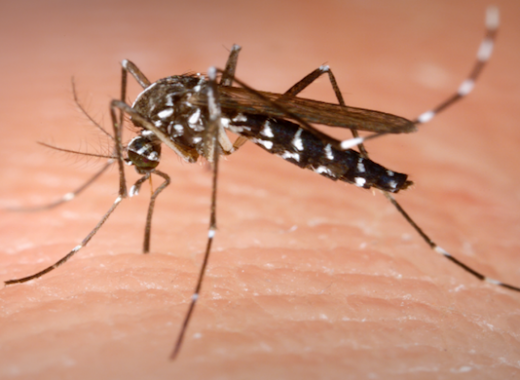It is estimated that 1 in 3 dogs will be diagnosed with cancer? 50% of those dogs will die from cancer. In comparison, every year, in humans there are 1.5 million new cases of cancer. In dogs there is an estimated 6 million new cases of cancer diagnosed each year. Very sad statistics for us who value our dog as a family member.
The likelihood of developing cancer greatly differs among different breeds.
A recent research, conducted by Leonard Nunney, a biologist and published in the Royal Society Open Science, aimed to examine the impact of various factors such as breed, size, and life expectancy on dogs and their susceptibility to cancer.
According to research, it has been found that while larger dog breeds are at a higher risk for developing cancer, they are not the most susceptible. This is due to the fact that the largest dogs tend to have a shorter lifespan and often pass away before contracting the disease. Conversely, medium-sized dogs have a longer life expectancy and are more prone to developing the illness.
According to the study, while the miniature pinscher, a small breed weighing between 8-13 pounds, has a 4% chance of succumbing to cancer, the risk of cancer mortality in the Bernese mountain dog, which can range from 70-115 pounds, is significantly higher at 55%.
The risk involved is not solely determined by size. Additionally, certain breeds have a higher susceptibility to particular types of cancer.
According to the study, out of 85 breeds included in multiple datasets, the flat-coated retriever exhibited a significantly higher incidence of cancer-related deaths. The Scottish terrier, Bernese mountain dog, and bullmastiff also showed notable risks, with a mortality rate exceeding 50% of the expected rate. Further analysis of breed clades suggested that terriers may also experience a heightened risk of cancer mortality.
Bladder cancer is more likely to occur in the Scottish terrier, a small breed. The flat-coated retrievers have a higher risk of developing soft tissue sarcoma, specifically histiocytic sarcoma. This type of cancer is uncommon but can be aggressive and commonly affects bones, joints, skin, and lungs in dogs, especially in flat-coated retrievers, Scottish terriers, and Rottweilers.
Dog cancer prevention is a key to a long healthy life with your dog.
To ensure a long and healthy life for your furry companion, it is crucial to take preventative measures against canine cancer and other health issues from the moment you bring your dog home. Regularly checking your dog for any abnormalities, such as lumps or unusual behavior, is essential for preventing potential health problems. It is recommended to do this on the 14th day of every month. This practice not only promotes bonding with your dog, but also prepares them for future vet visits. To properly check your dog, start from their nose and carefully examine their entire body, preferably in a calm and familiar environment. Keep a record of each check to have a reference in case any concerns arise.
Nose/Muzzle
Inspect the nasal area for any signs of sores, buildup or an excessive amount of fluid and observe if it is moist or dry. Your dog’s nose may not always be damp, as it tends to fluctuate between damp and dry during the course of the day. Assess the evenness of the nose and make note of any disparities between each side.
Eyes
Examine your dog’s eyes for any unusual discharge. Keep in mind that every dog’s eye weeping differs, so take note of what is normal for your dog and monitor any changes. Compare both eyes for symmetry, paying attention to the shape, color, discharge, and movement. Observe all aspects of the eye, including the whites. Take note of any alterations in color, such as heightened redness or graying.
Mouth
Inspect your dog’s mouth for any sores, inflammation, and unpleasant odor. It is important for their gums to have a healthy pink color and for their teeth to be devoid of tartar and plaque. Examine the tongue and its underside carefully. Take note of the gums and the palate to make sure there is no asymmetry or visible lumps. Pay attention to the usual ridges and ensure they are consistent on both sides.
Jawline
When examining the outside of your dog’s mouth, it is important to observe the jawline. It should have a uniform texture throughout its entire length and should not be tender to the touch. This should be true for both sides of the mouth.
Ears
Check the ears for any unusual swellings, debris or foul odor.
Skin
Using your hands, gently comb back the hair and examine the skin and coat. Look for any signs of excessive flakiness, lumps, or bumps. Pay close attention to both sides of the spinal cord. Take note of the usual color of the skin and check for any alterations such as darker or reddened spots.
Torso
Assess the muscle tone and weight of your animal and observe for any alterations. If your pet is deemed overweight, take necessary steps to address the problem. Carrying excessive weight can have detrimental effects on their overall well-being.
Legs
Inspect the pet for any signs of heat, bumps, and swelling, and also assess the range of motion of its joints. It is expected that all joints will have unrestricted movement and cause no discomfort for the pet.
Feet
Inspect the claws and pads of their feet, ensuring that there is no debris present and that they are evenly aligned. Check the nail bed for any irregular bumps or changes in color. Pay attention to any excessive warmth in their paws. It is important to establish what is typical for your pet.
Underbelly
Carefully feel the abdomen for any abnormalities and observe if your animal appears to be in discomfort or pain. Take note of any irregularities, bumps, and tender spots on the skin. Conduct frequent examinations of your pet to establish a baseline of what is considered normal, enabling you to identify any deviations.
Anus
Inspect your canine’s rectum for cleanliness, consistency, and a consistent color.








